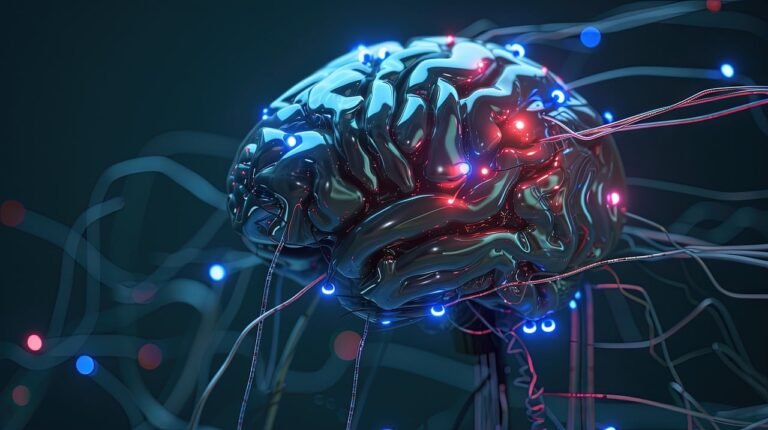
Introduction
Artificial Intelligence (AI) has rapidly advanced over the past decade, and one of the most exciting areas within AI is Generative AI. Unlike traditional AI, which focuses on analyzing data and making predictions, generative AI creates new content based on patterns it learns from existing data. This transformative technology is behind innovations ranging from creating art and music to generating lifelike images and even designing new products.
What is Generative AI?
Generative AI refers to algorithms that can produce new content, such as images, text, music, or videos, by learning from existing data. One of the most well-known examples of generative AI is the Generative Adversarial Network (GAN), which involves two neural networks competing against each other to generate increasingly realistic content. Other popular models include Variational Autoencoders (VAEs) and Transformers, like GPT, which power conversational agents and text generation.
Key Applications of Generative AI
- Content Creation
- Art and Design: Generative AI can produce stunning visual art, assist in graphic design, and even generate entire virtual worlds. Platforms like DALL-E and Midjourney allow users to create unique images from simple text prompts.
- Music and Audio: AI models can compose original music, create soundscapes, or even mimic the style of famous artists. Tools like OpenAI’s Jukebox explore new possibilities in music generation.
- Writing and Text Generation: From drafting emails to writing blog posts, generative AI can assist in producing coherent and contextually relevant text. GPT models, for example, have been used to generate creative stories, technical articles, and personalized responses.
- Product and Experience Design
- Gaming: Generative AI can create realistic environments, characters, and scenarios for games, offering endless customization possibilities and interactive experiences.
- Fashion and Product Design: AI can design new clothing, accessories, or products based on trends and user preferences, helping companies innovate more efficiently.
- Healthcare and Science
- Drug Discovery: Generative models are being used to predict molecular structures, enabling faster and more accurate drug discovery.
- Personalized Medicine: Generative AI can create personalized health plans and treatments by analyzing vast datasets of genetic information and medical records.
Benefits of Generative AI
- Enhanced Creativity: Generative AI unlocks new forms of creativity by assisting artists, writers, and designers with idea generation, enhancing their work, or even automating tedious parts of the creative process.
- Efficiency and Cost-Effectiveness: By automating the creation of content, generative AI can save time and reduce costs, making it a valuable asset for businesses in fields like marketing, design, and entertainment.
- Personalization: Generative AI can tailor experiences and products to individual preferences, offering highly personalized solutions in real-time.
Challenges and Ethical Considerations
While generative AI offers immense potential, it also raises ethical concerns. Issues such as copyright infringement, the spread of misinformation, and the creation of deepfakes highlight the need for responsible use. Moreover, as generative models can replicate biases present in their training data, it’s crucial to ensure these systems are designed and trained with fairness and transparency in mind.
The Future of Generative AI
Generative AI is still in its infancy, but its potential is boundless. Future advancements could lead to even more sophisticated models capable of creating fully immersive virtual environments, revolutionizing fields like entertainment, education, and communication. Furthermore, generative AI can play a significant role in sustainable practices, such as generating efficient architectural designs or optimizing supply chains.